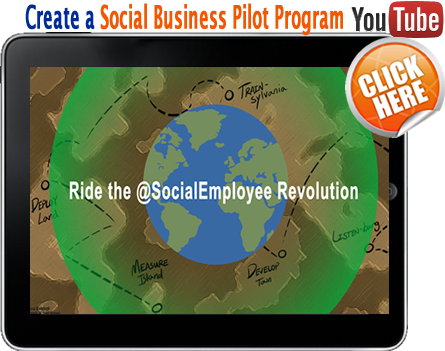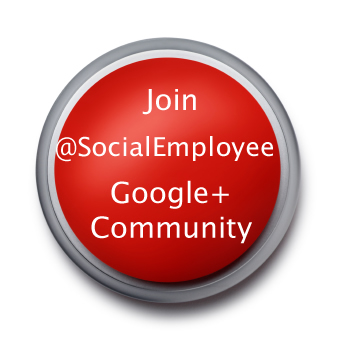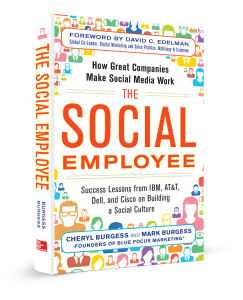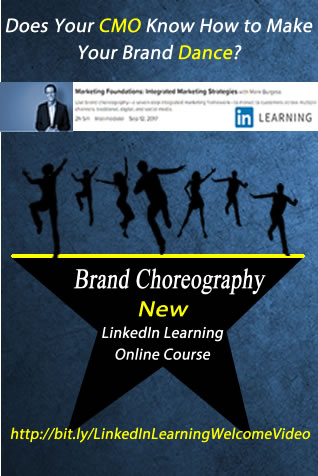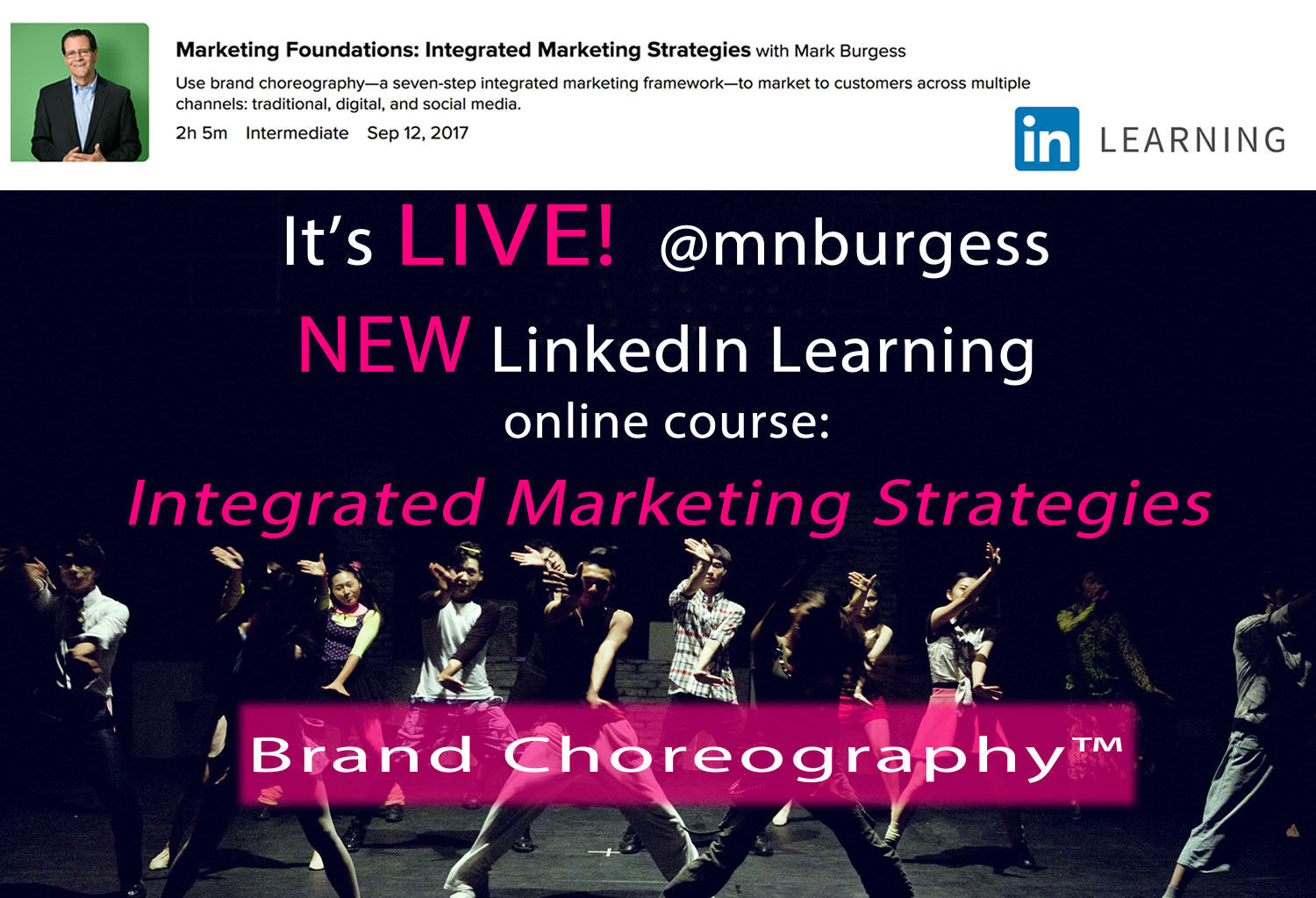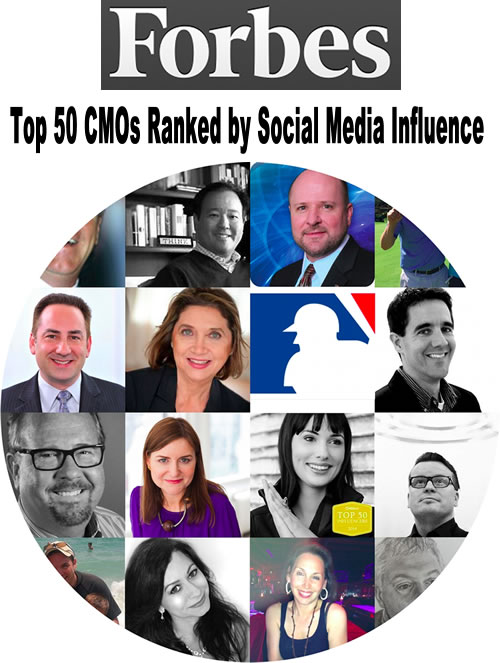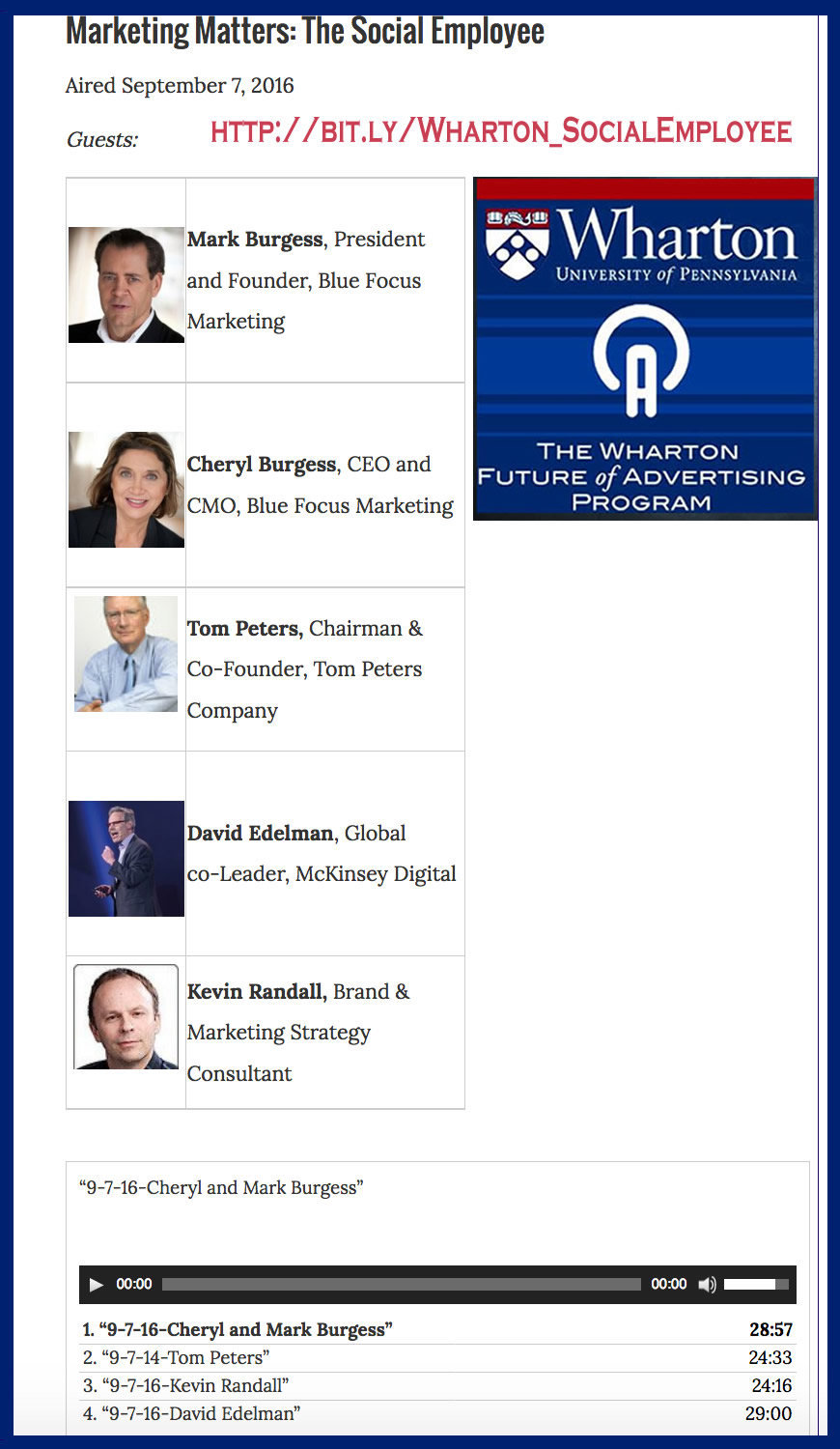We are pleased to announce the release of our latest video in support of our best-selling book, The Social Employee. This latest video addresses one of today’s most pressing social business questions: how can an organization adopt social practices while minimizing risk? The answer, as you will see in the video below, is to begin with a social business pilot program.
At Blue Focus Marketing, we have designed a new consultancy opportunity in order to provide businesses with the know-how to ensure their pilot programs take off. To help organizations with this cause, we have identified the following five steps as cornerstones of any social initiative.
Step 1: Listen
The first thing leadership needs to do is put its ear to the ground and listen to the beat of the social drum within its walls. A common reality is that employees are likely ahead of their employers in the process of adopting social tools. As Maria Poveromo (@mariapoveromo) told us during research for our book The Social Employee, an internal audit at Adobe (@Adobe) found exactly that. On the one hand, this was encouraging news, as it showed employee commitment to technology adoption in order to solve workflow needs. On the other hand, it led to silos and duplication of effort, since each department was addressing its needs on its own without any centralized policy or uniform set of tools.
It is likely your business will discover similar activity among employees. But the good news is that these early adopters can also help you identify current organizational assets, define pressing needs, and help leadership teams come up with a strategy to push forward. Consider conducting employee surveys that align with brand strategy, employee understanding of mission/vision/values, social media skills inventory, and employee and executive focus groups. Remember that social business is ignited through social employee input, so it’s tremendously beneficial to your efforts to get them involved from the outset. You may enjoy reading: “The Most Cost-Effective Market Research That’s Right Under Your Nose: The Employee Survey” by Kevin Randall (@kevinbrandall), Afterword Author of The Social Employee and Movéo Vice President of Strategy and Planning.
Step 2: Develop
Social media affects how organizations work both internally and externally, so it’s important that your brand develops a comprehensive social engagement policy. But while an organization can attempt to control how an employee uses social media in the workplace, it can’t control employee use during personal time. If you want to positively influence what your employees say about their jobs, then you have to get active in the conversation, set up guardrails, and provide support for their activities. Doing so will not only empower employees to represent their brands, it will reduce the likelihood of any embarrassing moments on external channels.
More effort needs to be put into establishing a clear, coherent social media policy. According to a 2013 Altimeter report, although 85 percent of organizations had a policy in place, only 52 percent had established guidelines for external communication. Once again, bring your employees into this conversation, as they are likely already cognizant of the basics of social media etiquette and will be happy to contribute their thoughts. This is the approach IBM took, and it led to powerful results.
Step 3: Train
The importance of training cannot be overlooked (yet is so often is). Building a social business means creating a culture of social employees—and no subcategory is more important than the social executive. It’s not enough for leadership to green-light a pilot program—they have to get involved as well. Executive training during the pilot program offers the C-Suite a real chance to demonstrate leadership once social initiatives expand beyond the pilot group and into the organization at large. Such involvement gives leadership the opportunity to share their organizational vision, a process that research shows is overwhelmingly supported by employees.
Social employee training should provide best practices for collaboration and engagement for both internal and external purposes. Often ignored in the social business conversation is how social tools are affecting productivity within an organization, a fact that should be a major selling point in building support for any social initiative. Employees who complete the pilot training and are eager to learn more should be given the opportunity to become social leaders and teachers as the program expands.
Step 4: Deploy
After social employee training, it’s time to deploy the proper set of tools that will make your workers thrive in the workplace. Another advantage afforded by a pilot program is that it gives organizations a chance to experiment with the many social business tools available on the market without having to commit to any at the enterprise level. Whether for internal or external purposes, not every business needs to adopt every single platform. Take stock of your internal communication needs and determine where your target audience is congregating online in order to bolster your impact.
Keep in mind that even within the organization, not every employee will need to be a master of every tool. Seek input on not just organizational needs, but departmental needs as well. Next, work with employees to develop individual action plans to ensure they have the resources necessary to become masters of their domain.
Step 5: Measure
As more businesses make the jump into social strategies and big data analytics, the easier it is becoming for all organizations to measure the success of their social business initiatives. While it’s perfectly understandable that leadership will want to see a concrete ROI, this can’t be the only area of focus. The return on human capital, what we call ROHC, is equally important, and companies like Adobe use a set of key performance indicators (KPIs) to measure employee success.
Measuring the ROHC isn’t just good for morale, either, as it is also important to determine if employees understand and buy-in to the company’s mission/vision/values. Do they understand the brand promise or is there a gap that management needs to close? Would the employee recommend the brand they work for to their own network?
Industry thought leaders have long been proponents of the idea that an engaged workforce is a more productive workforce, which ultimately leads to a stronger bottom line. And evidence is beginning to mount that this is indeed the case. One recent study found a direct causal relationship between employee engagement and business performance. This is a lesson that should be taken to heart, as the returns may take a little bit longer to manifest, but will ultimately pay greater dividends down the road.
A special thank-you to the members of our creative team who helped us on this project: Thank you to Dylan Hoffman for the fantastic animation, and to Chas Hoppe (@choppyrocks) for his voiceover!
Has your business recently undertaken a social pilot program? Share your experiences in the comments!
Below are recent endorsements for The Social Employee (McGraw-Hill, August 2013) by Tom Peters and David Aaker on their social networks, but if you want to see more of their endorsements click here.

In The Social Employee, we go behind the scenes with several leading brands—such as IBM, AT&T, Dell, Adobe, Southwest Airlines, Cisco, Acxiom, and Domo—pulling the lid off the inspiring social business success stories that have propelled these companies into the 21st century. These cutting-edge brands have all come to the same realization: the path to social business lies through empowering the social employee.
See what others are saying about The Social Employee and order your copy today!
Please check out @SocialEmployee media buzz! 
“Great brands have always started on the inside, but why are companies taking so long to leverage the great opportunities offered by internal social media? . . . The Social Employee lifts the lid on this potential and provides guidance for businesses everywhere.” —JEZ FRAMPTON, Global Chairman and CEO, Interbrand
 The Social Employee offers an unparalleled behind-the-scenes look at the social business success stories of some of the biggest brand names in the business world, including IBM, AT&T, Dell, Adobe, Southwest Airlines, Cisco, Acxiom, and Domo. These cutting-edge brands have all come to the same realization: the path to social business lies through empowering the social employee.
The Social Employee offers an unparalleled behind-the-scenes look at the social business success stories of some of the biggest brand names in the business world, including IBM, AT&T, Dell, Adobe, Southwest Airlines, Cisco, Acxiom, and Domo. These cutting-edge brands have all come to the same realization: the path to social business lies through empowering the social employee.
The brands that leverage their employee base in order to engage customers and prospects through social media are the ones destined to win the marketing wars. This book not only details the astronomical rise of the social employee, but also outlines the innovative methods that leading companies have employed to foster cultures of enthusiastic and engaged workers.
FOR EWORD by David C. Edelman, Global Co-Leader, Digital Marketing & Sales Practice, McKinsey & Company
EWORD by David C. Edelman, Global Co-Leader, Digital Marketing & Sales Practice, McKinsey & Company
AFTERWORD by Kevin Randall, Vice President of Brand Strategy & Research at
Movéo Integrated Branding, and journalist for The Economist and Fast Company
Download ~> Free Chapter 3 – “Brands Under Pressure”
